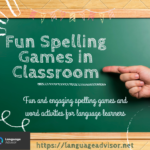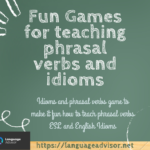15 Fun Writing Activities for Language Learners To develop Writing skills in all languages for all Levels and ages.
15 Fun Writing Activities for Language Learners
15 Fun Writing Activities for Language Learners
Fun and engaging writing activities for language learners
Writing is one of the most difficult language skills because it involves the knowledge of grammar and vocabulary. It is no wonder that many language learners find it very difficult to write one correct sentence. Writing skills are very important because students will need them outside the classroom. Therefore, it is very important for teachers to help their students master and develop effective writing skills.
To get students to write you need to make writing a fun activity that engages students.
These fun writing activities can help them:
- Use their imagination
- Think up new stories and ideas
- Share their writing with friends and family
A different language is a different vision of life.
~
Federico Fellini

15 Fun Writing Activities for Language Learners
Fun and engaging writing activities for language learners. These activities can all be adapted and used at different points of your lesson.
ACT IT OUT

Ask your students to write a script and then act it out.
Here are some plots ideas:
- The Fire: A detective interview the witnesses (one of whom is the suspect) about what they saw, heard or did. They need to make many questions and use the past tenses. (You can change the subject: Disappereance – Murder – Theft, etc.)
- The Amnesiac: A student is at the hospital having lost memory. The other students are medical staff, police officers, family and friends who try to bring memory back. They all must be careful because a shock can be fatal.
- The clairvoyant: Students consult a clairvoyant and ask questions about lover, money, health… Great activity to practice the future tenses.

CONTROLLED NARRATIVE WRITING
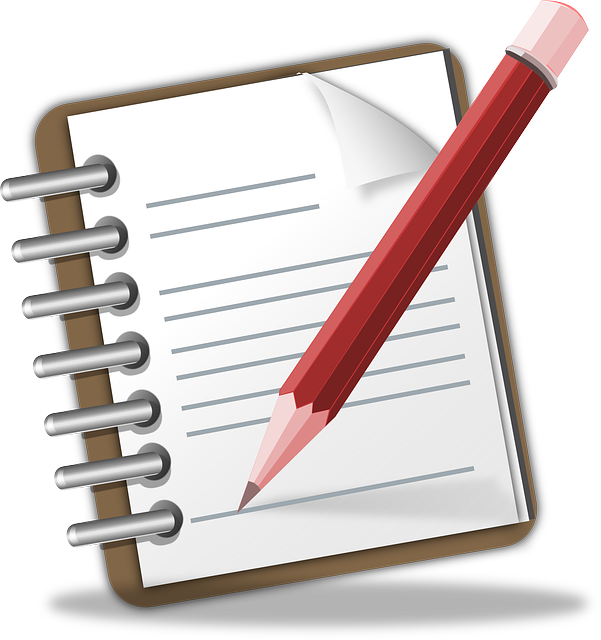
Students at lower level often get bogged down with narratives: they either try to be too imaginative and the grammar go haywire, or they get all the tenses right but have added no description. This task offers students a way to produce simple, but accurate and descriptive narratives on their own.
Procedure
Have prepared a short story (in the tense you wish to practice). Tell your students that you will read them a story but you will pause after a noun to shout out possible adjectives. As the story goes on they will get the idea. Listen to all the suggestions and write down the ones you think are the most suitable without telling them.
Read the whole story out, completed and then tell your students that in pairs they are going to do the same and develop a story step by step. Finally, invite your students to read all stories out loud and decide whose is the best.

CREATE A SENTENCE

This activity is a valuable way of practicing writing for lower levels.
Procedure
Prepare coloured letters of the alphabet on cardboard squares and put them in a bag. (As alternative, buy an alphabet dice). Students must draw a letter from the bag and work together to create a sentence on the board. The words the students calls out by raising hands must begin with the chosen letter. Add words only when the grammar is correct.

PLAN YOUR VACATION
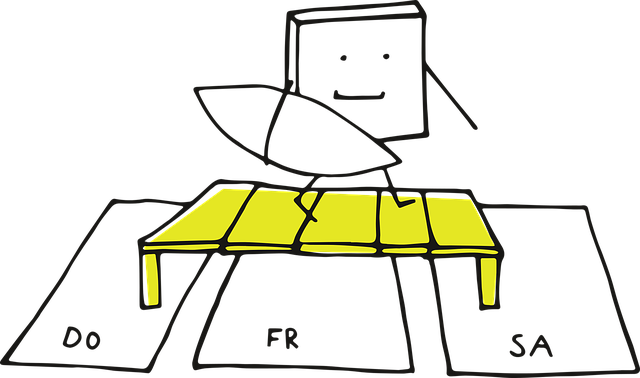
Put the students in small groups and ask them to plan your vacation. They must plan where you’ll go, what you’ll do, what you’ll buy, etc. When they are finished, have each group present their plans and choose the one you like most.

A STORY BEHIND AN OBJECT
Instruct your students to find something in their wallets or purses and write a story behind it.


LETTER TO A FAMOUS PERSON
Find out what famous people your students admire, and ask them to write him/her a letter or email.
aLTERNATIVE TIP:
Ask your students to write you an email about their family, job, children or an event that has recently occurred to them.

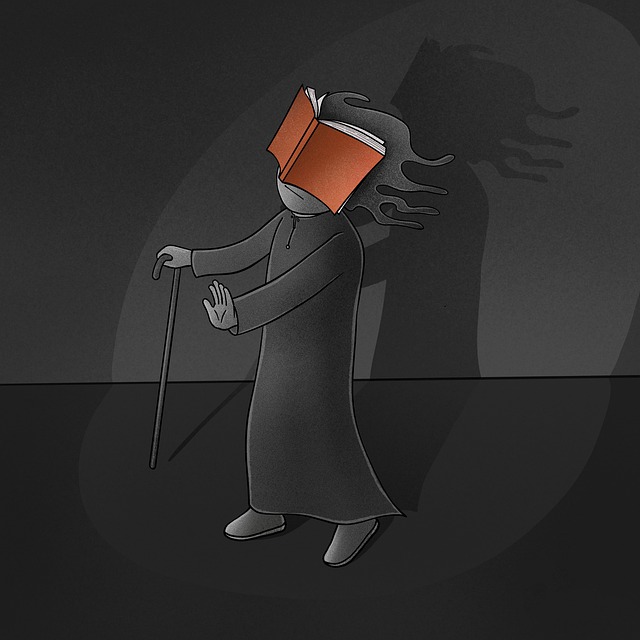
BLIND ANSWERS
Tell each student to write on a sheet of paper a question on whatever topics they want. Then they give their sheets of paper to the person on their left side. Without reading the questions, this student writes the answer on the other side of the sheet of paper. It will be funny beacause the answers can be very hilarious.

WRITING TO MUSIC
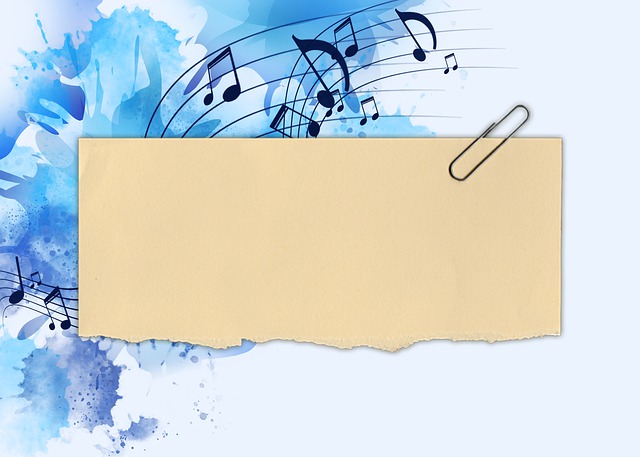
Tell your students that they are going to listen to a music without lyrics for 3 minutes and ask them to write anything they want during listening. Then tell them to stop and ask them to share their ideas. For lower levels I suggest you to find a music which resembles the sounds of nature: this helps them build confidence to express their feelings, emotions and ideas.

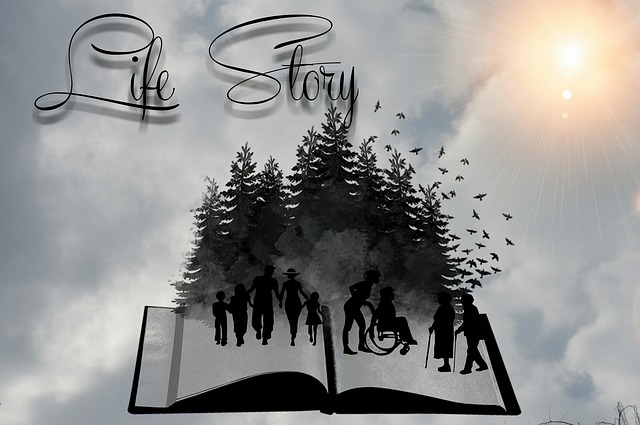
A FICTIONAL CHARACTER’S BIOGRAPHY
This activity works well because it introduces an element of creativity and gets students using different language and vocabulary.
Procedure
Give each student a picture of a person. They must name their character and give them an identity: they will write a brief background (name, age, nationality, hobbies…). The students’ level will determine the length of the assignment and the amount of the information given.

SUMMARY AND CRITIQUE

This activity is an enjoyable way to get students to both abstract and evaluate material.
Procedure
After watching a movie ask your students to write a summary. They can begin it together on the board and finish it as a homework. They should also write a critical review of the movie, rating it in number of stars. They need to provide a rationale for the rating (for the acting, the script, the sets, the music…).
ALTERNATIVE TIP: REWRITE THE ENDING
After watching a movie, have your students rewrite the ending. This activity leads to discussion and critical thinking as students consider alternative possibilities.

ANIMAL FABLE
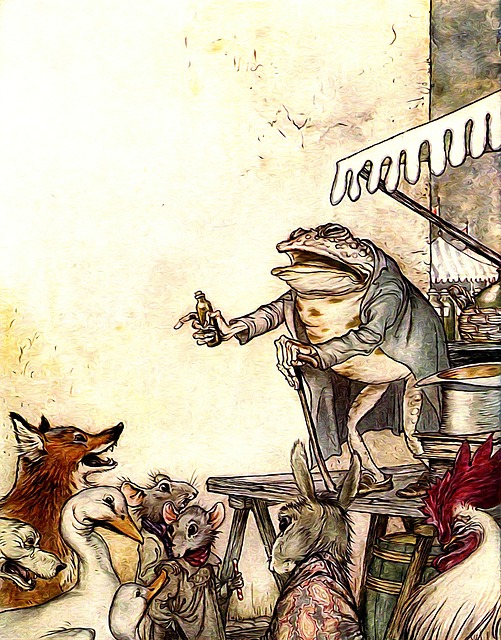
This activity is very effective in that it gets students thinking more deeply on a topic and what morals can be drawn from it.
Procedure
After a class discussion and reading on a topic, have students write an animal fable that ends with a moral related to the topic. If necessary, show a model of an animal fable. Students can then work in groups creating their fables which they can share with the class once finished.

WHAT CAN YOU WRITE ABOUT COOKIES?
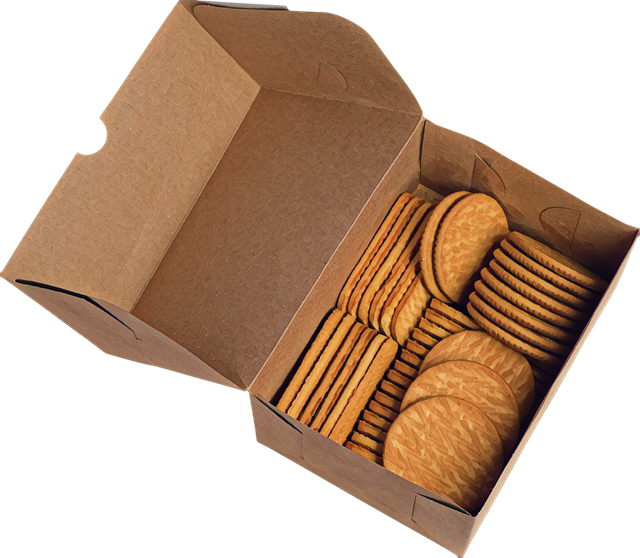
Give out cookies to everyone and tell your students they’ll have to describe them, analyze their quality, discuss the process of cooking and eating them, tell a story about the cookies and finally evaluate them. This activity demonstrates in a fun way that almost any topic can be developed and written about in details.

CREATE A METAPHOR

This activity is effective because it gets students thinking about the nature of the concept to create a metaphor and it leads to acquisition of more specific vocabulary.
Procedure
After reading on a topic, such as the spread of the pandemic, have the students create a metaphor on the topic. For example, the pandemic is a black box. Students can get quite creative.
ALTERNATIVE TIP: HAIKU CLOSER
After studying a topic, work with your students to compose an haiku: a poem of 17 syllables and 3 lines (five syllables-seven-five) and a single vivid image. Show an example:
An old silent pond
A frog jumps into the pond—
Splash! Silence again.
Matsuo Bashō

ONE-SENTENCE SUMMARY
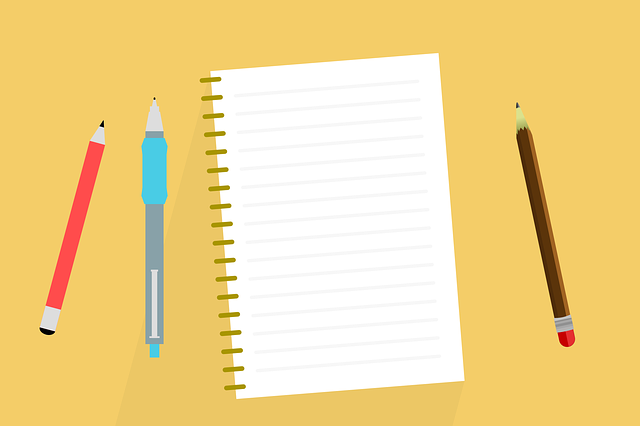
This activity provides practice in working together and in critical thinking, in distilling a reading into its most essential concept.
Procedure
After reading a story or an article, have your students work in pairs to create a one-sentence summary. One person writes while the other refers to the reading to come up with ways to summarize the text in one sentence. Remind them to focus on the main idea and to change the words.

MAKE A COMMERCIAL
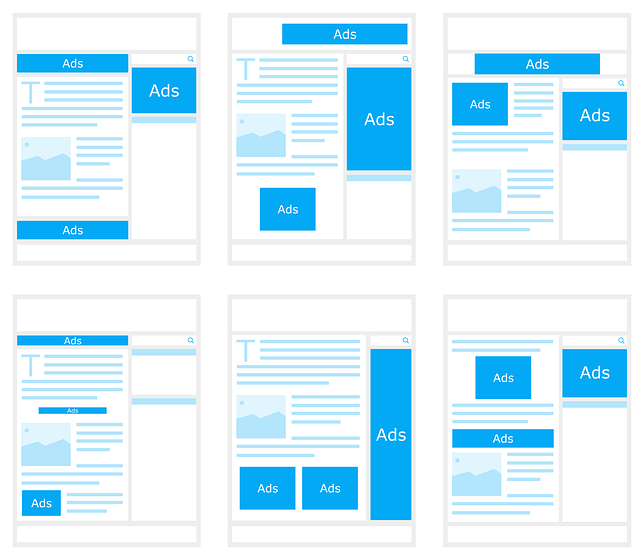
This activity is a good team work practice that teaches how to use persuasive language.
Procedure
Have your students create a commercial involving the course content of the day. They should persuade the “viewer” to buy their perspective on the topic, such as reasons to protect the earth from climate change. Students can work in groups to write a script, direct and perform the commercial. They can also make a real video.

15 Fun Writing Activities for Language Learners
Here are some fun activities you can find on Language Advisor
Writing Activities for Language Learners











